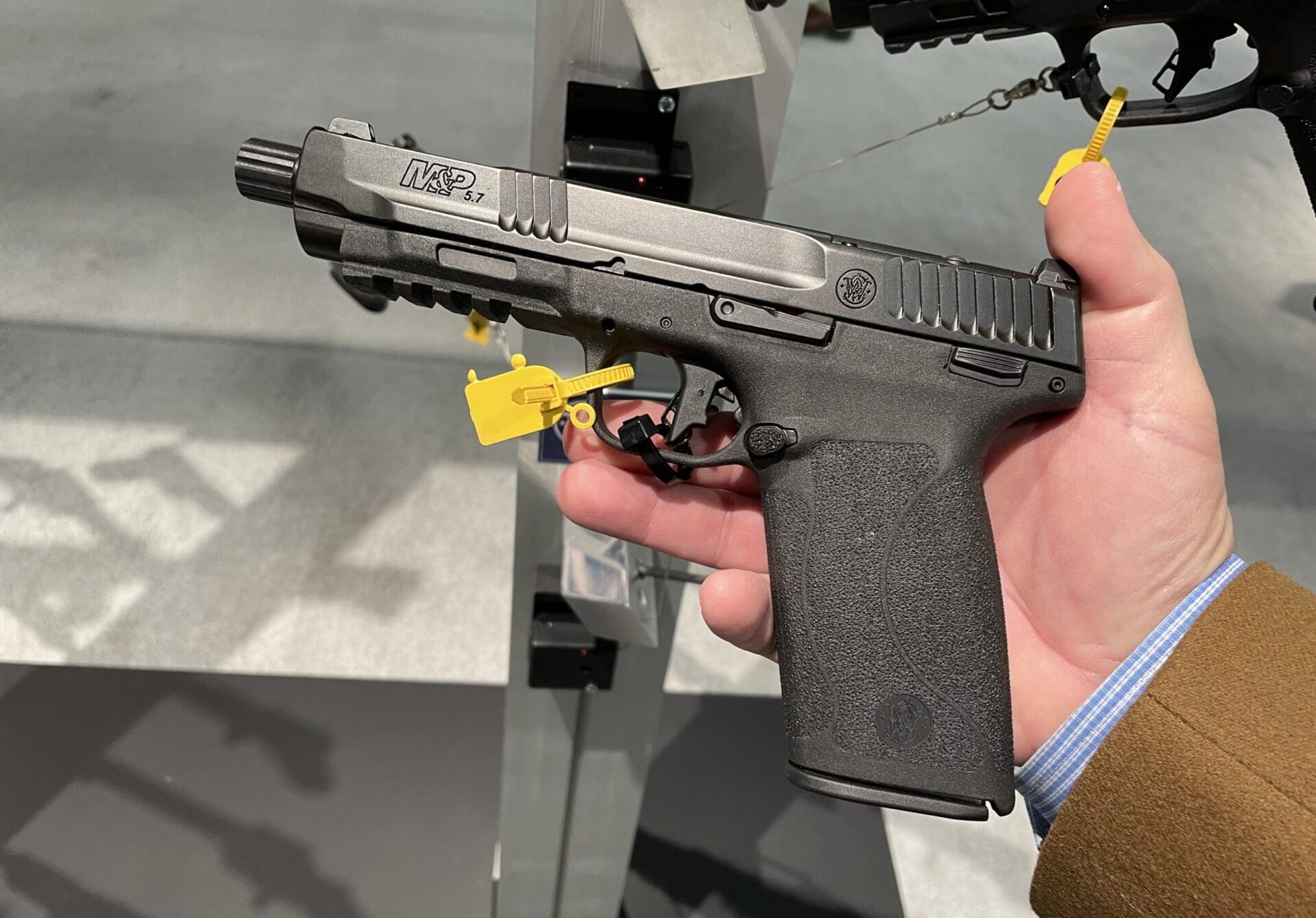I find David Brooks one of the least convincing op-ed writers around, but I have to admit that he is a lot more sly than most conservatives. In this column, Brooks earnestly sells the new-found safety of The Big Apple:
Today you can walk around the Upper West Side of Manhattan in such ease and safety that you could get the impression it was always this way. But it wasn’t.
On July 5, 1961, a gigantic brawl broke out on 84th Street between Amsterdam and Columbus Avenues. Two policemen, caught in the middle, fired warning shots into the air to stop the fighting, but a mob of 400 engulfed them. Traffic was halted on Columbus as bottles rained down from tenement houses, lye was thrown into one man’s face and knives flashed out.
That section of 84th Street in those days was one of the most dangerous blocks in the city. The Times described it as “a block of decaying tenements packed with poor Puerto Rican and Negro families and the gathering place of drunks, narcotics addicts and sexual perverts.” A local minister, James Gusweller, said there were five or six stabbings every Saturday night.
But somehow things got better.
Yet eventually crime was reduced, and the neighborhoods were restored. …
As Podhoretz rightly notes, if you grew up in a big city in the ’70s, then life is better for you now in about every respect. Today, most liberals and conservatives have more sophisticated views on how to build and preserve civic order than people did then, and there is more of it.
Ah, sophisticated views. Not once does Brooks mention gun control, not once does he mention stop and frisk, not once does he mention the onslaught of police presence required to secure the city for those denizens of the Upper West Side who expect to walk around in ease and safety. Now read the Village Voice articles, Part One and Part Two, that I’ve already mentioned. Or read this one about life for those residents David Brooks isn’t writing about.
Keith, meanwhile, looked back on a time a couple of years earlier at East River Park when a group of 15 teens approached him and mistook him for someone else. One of the teens punched him in the face. Four stitches. “That’s how it went those days,” he says. “The next day, I see him, and he comes up to me and says, ‘Yo, my fault. We were looking for someone else.’ He was trying to prove himself. A year later, he was shot.”
“It’s a pretty fucked-up neighborhood,” he adds. “It’s a little cleaner now because of the gentrification, but it’s all a façade.”
Outside the club, the two rival Lower East Side factions clashed. One guy was shot in the stomach, and another was cut with a knife.
But don’t panic. If this were really a problem, the mayor and the police department wouldn’t be telling us we live in the safest big city in the world.
What does the mayor think about all this? Hard to tell, but in his inaugural speech last week and a subsequent radio address, he actually referred to youth crime as an area he wants to focus on in his next term.
“In the years ahead, we’ll redouble our efforts to fight crime by preventing it where it’s still most troubling: among young people who are disproportionately both victims and perpetrators of crime,” Bloomberg said.
Well, at least that’s under control. Shopping on Orchard Street, anyone?








